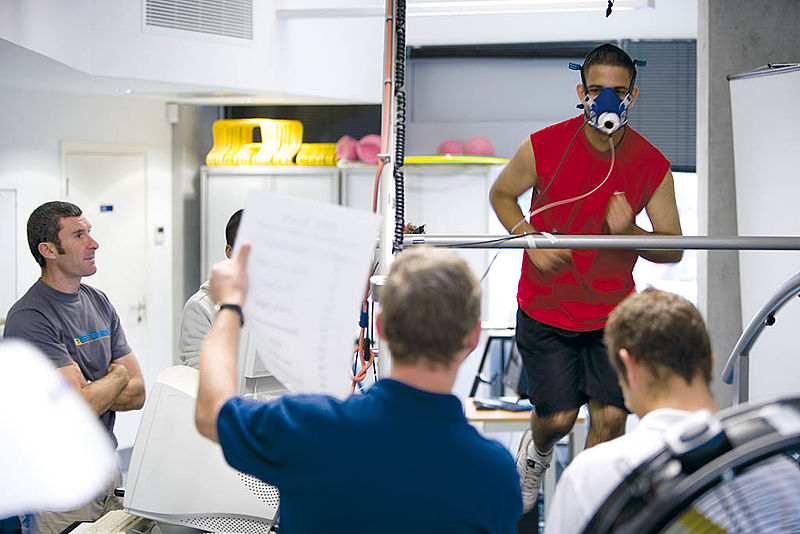Note that your final mark will not be saved in the system.
3.2.4.2 Development of elite performers in sport GapFill
You must fill all the gaps before clicking ‘Check Answers!’

The route to sporting excellence in the UK is initiated by talent identification, progressing the aspiring individual through the levels culminating in elite performance. This pathway can be represented by the sporting development continuum, which consists of four distinct levels that each contain various factors and systems to help facilitate the progression.
| This represents the base of the continuum, and, as its size suggests, contains a large number of individuals. This stage is devoted to developing the which form the basis of sporting movements. Primary schools are heavily involved at this stage as they provide the opportunities to engage in physical activity and sport. Ideally, young children would be introduced to a range of sports and activities to allow them to discover and pursue those they enjoy the most. | |
| Progression to this stage is made once the individual has formed the basic motor skills and is ready to put them into action. The emphasis towards sport is
as it is at this stage that most dropouts occur. This is facilitated by national governing bodies, which play an important role in establishing measures to reduce the dropout rate and reinforce the fun element of sport. The process of usually occurs during this stage as the ability and potential of young performers begin to show. This is where physical, mental, technical and tactical attributes of young athletes are identified, in order to select and nurture those who show the potential to progress further up the pyramid. This helps to streamline the pool of athletes, enabling the more talented athletes to accelerate through the higher levels of the continuum. Scouts are usually employed to recruit talented individuals in team sports, using academies to develop talented players. Likewise, UK Sport identifies talented performers to develop competitors for future Paralympic and Olympic Games. | |
The emphasis at this stage is on . Secondary schools and universities are important in developing performers at this stage. Extracurricular clubs at school can provide a competitive element to the sports by having regular fixtures. Schools are linked to local districts and wider counties that pool the best performers from each area to participate in fixtures on a regional and national level, respectively. Universities offer high-class sporting facilities and coaching to optimise sporting performance. Many also offer to high-performance athletes, using fee waivers or bursaries to attract the best talent, allowing students to perform while obtaining an academic degree. British Universities & Colleges Sport (BUCS) offers a high standard of competition between universities and is a great platform to showcase sporting talent to national-level scouts. | |
| The peak of the pyramid, and, as evident from its size, contains a small percentage of individuals who make it to the elite level of sport. Performers at this level are usually offered with elite teams and squads, allowing them to compete at a national, if not an international, level. UK Sport and national institutes play an important role in developing performers at this stage. UK Sport distributes funding from the National Lottery and the government to improve national development programmes and elite sporting facilities. UK Sport is heavily involved with the national institutes of sport for Scotland, England, Wales, and Northern Ireland, to employ expert staff in the fields of nutrition, strength and conditioning, psychology, biomechanics and sport science. This is to ensure athletes receive the highest level of support from research-based approaches to training and coaching. UK Sport also runs the World Class Programme to prepare athletes for future Olympic Games. |
Progression from the base of the sporting development continuum to the peak is a complex process which is influenced by a variety of factors:
- factors require an individual to have the necessary ability, determination and access to facilitate progression.
- factors such as support from family and peers, and the interpersonal skills of the athlete, also play a key role in development through the sporting development continuum.
- factors, such as the perceived importance of a sport on a national scale, the number of high-quality facilities and the nation’s attitude towards physical activity and sport, can all also influence the performer’s progression.